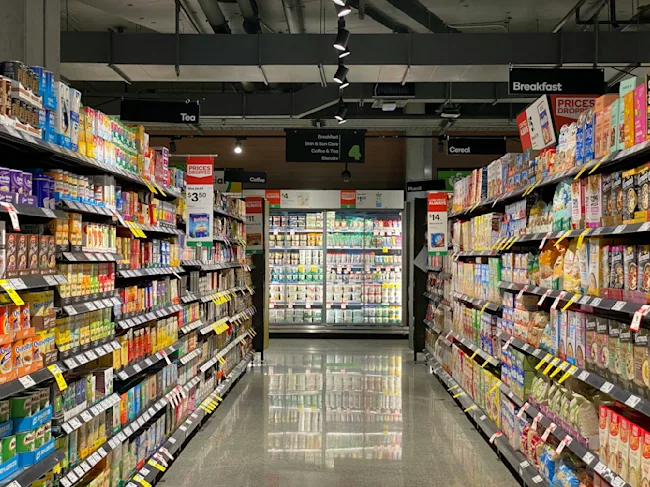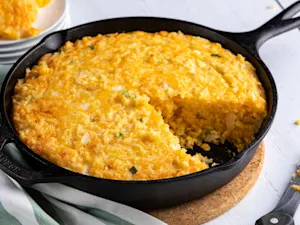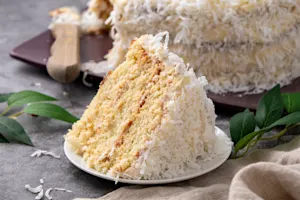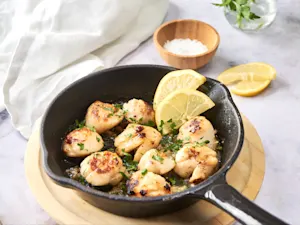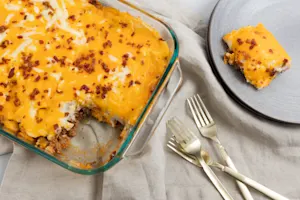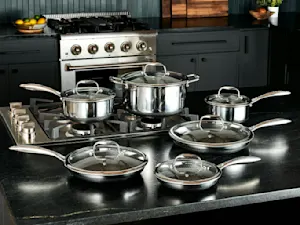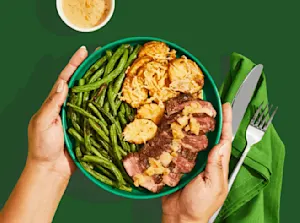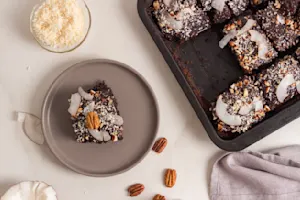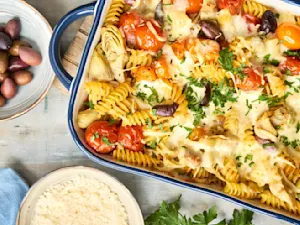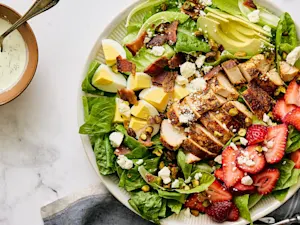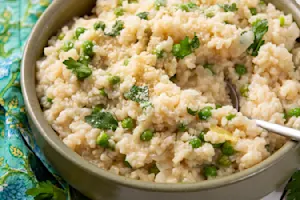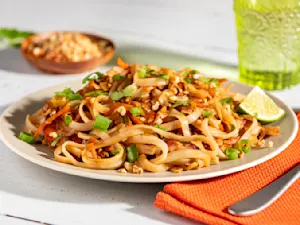
Common Cooking Terms, Decoded
Have you ever been stumped by a fancy term in a recipe? Improving your cooking skills requires a basic understanding of a few critical terms that you will frequently encounter on your culinary journey. Virtually every recipe will use at least a few of these terms, and more intensive recipes might use several in quick succession. Without understanding what these terms mean, you'll be up the creek without a paddle (or ladle, depending on the recipe).
Don't panic! Welcome to Cooking Terms 101, where the most common cooking terms are decoded.

Decoding Common Cooking Terms:
Sharpening Your Knife Skills: Chop, Dice, and Mince
Chopping, dicing, and mincing are all about making large foods smaller. In the professional culinary world, there are exact measurements and French words used to distinguish chopping from different types of dicing. But for now, we’ll stick with the basics.
Chop: Chopping is to cut something in a non-uniform way to about the size of a nickel.
Dice: Dicing is to cut something with more precision than a chop to about the size of a dime.
Mince: Mincing is to cut something with precision into very fine pieces. Minced foods are smaller than diced pieces.
Let's Start Cooking: Sauté, Roast, Poach
Heat is a critical component in cooking. As a result, we have a plethora of techniques with different names, including sautéing, roasting, and poaching, to describe the application of heat to food.
Sauté: To sauté is to heat a small amount of oil or other fat (such as butter) in a pan, then add your food item and cook it quickly. The same technique is used for things like browning or pan searing, which involves a larger piece of food gradually cooked until sufficiently brown. Sautéing also resembles pan frying, in which a little more oil is used and the food is cooked longer.
Roasting: Roasting occurs in the oven at various temperatures and for different amounts of time. When meat or vegetables are being cooked, it's called roasting. When bread and pastries are being cooked, it's called baking.
Poaching: Poaching is cooking food in hot water or stock. It is similar to boiling and simmering, but done at lower temperatures. If water boils and simmers at 212 degrees F, then poaching will happen between 140 degrees F and 180 degrees F. Poaching is a term used for meat, eggs, and fish. Blanching, a similar cooking process, is a term generally used for vegetables and involves pulling the food out of the hot water and plunging them into an ice bath to rapidly stop cooking.

When It Comes to Seasoning: Pinch, Dash, and To Taste
Giving your food some pizzazz with herbs and spices is one of the best ways to make it more flavorful and memorable. Informal terms like “pinch,” “dash,” and “to taste” are somewhat subjective. You'll need to use your own judgement and taste...and the size of your fingers... to get a personalized answer to what these terms mean.
Pinch: A pinch is exactly what it sounds like. It's a little bit of the spice or ingredient pinched in between your forefinger and thumb. The amount pinched will vary chef to chef. Find out what pinch works for you through experimentation! Critically, you should taste between each seasoning; you can fix under-spicing but not over-spicing!
Dash: A dash usually refers to dry ingredients, like herbs, in a shaker bottle. A dash would be one or two shakes, or about 1/8 teaspoon.
To Taste: You will encounter this phrase when salt, pepper, and spicy ingredients like hot peppers are being used. It means that this ingredient is up to you and your personal preference. Season until it tastes good to you.
You have now learned the vocabulary to dice, poach, and season your way to a delicious meal! Get out there and get cooking.

